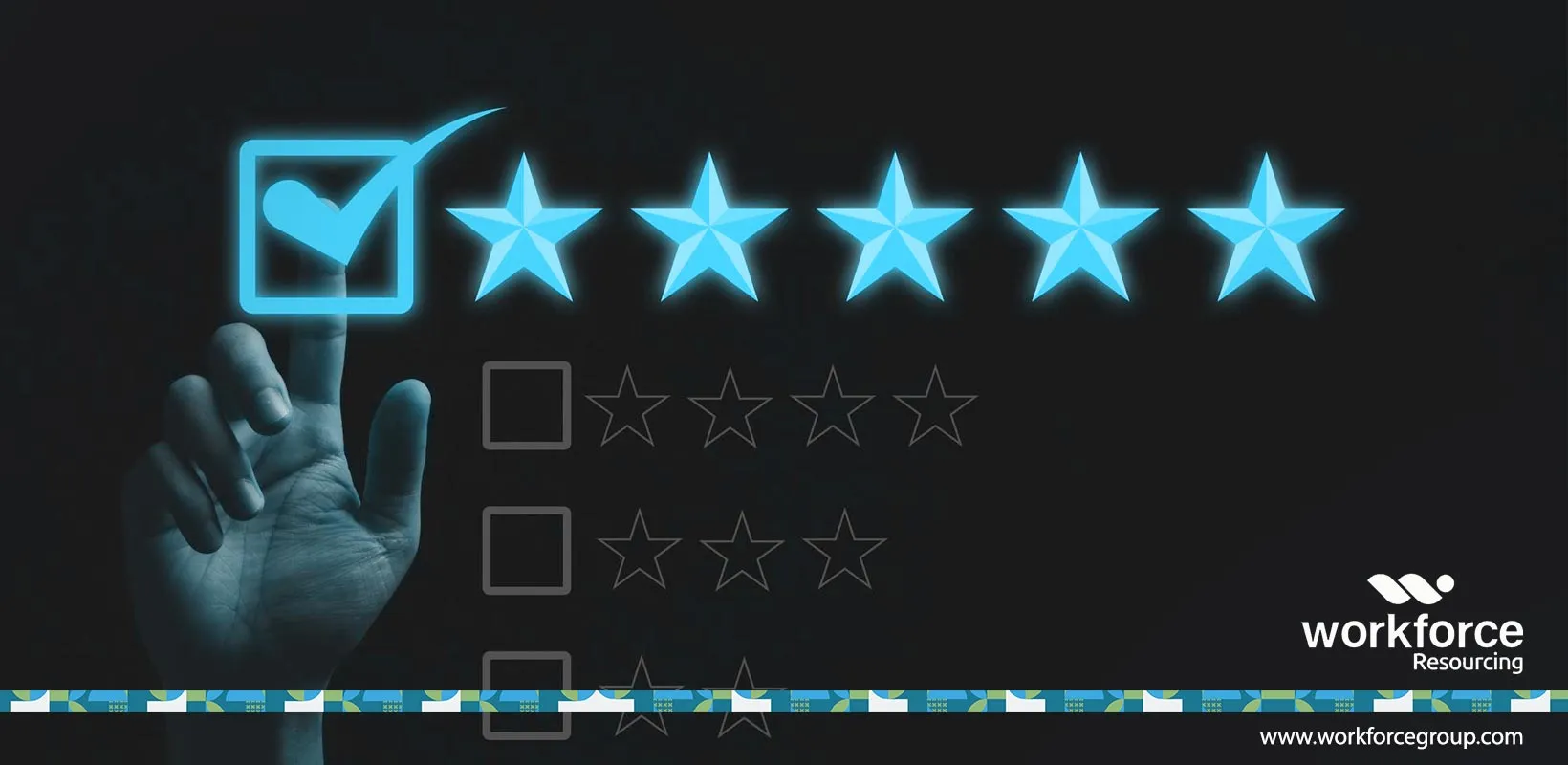Succession planning is vital to the long-term success for any business. It’s the art and science of preparing your organization for the inevitable transitions in leadership that occur when key personnel depart or retire.
It’s about ensuring continuity, maintaining momentum, and safeguarding the future. In the dynamic landscape of today’s business world, effective succession planning is not an option; it’s a necessity.
However, the process of succession planning can be intricate and demanding, involving a complex interplay of talent assessment, skill development, and knowledge transfer. To navigate these intricacies and orchestrate a seamless transition, having the right succession planning tools is essential.
In this article, we will explore why succession planning matters and delve into the pivotal role that the right tools play in this crucial business endeavour.
How to Choose Tools for Assessment of Potential Successors
When it comes to selecting talent assessment tools for succession planning, organizations often fall into common patterns, which, while well-intentioned, may not always yield the best results:
Herd Mentality: Many organizations simply follow industry trends or adopt tools because competitors are using them. While benchmarking is essential, blindly following others can lead to mismatched tools that don’t align with the organization’s unique needs.
One-Size-Fits-All Approach: Some businesses opt for generic tools that promise to work for every industry and role. However, a one-size-fits-all approach often overlooks the specific skills, traits, and competencies required for leadership in their particular context.
Overemphasis on Technology: In the digital age, there’s often a rush to embrace the latest technological advancements in assessment tools. While technology is valuable, it should complement, not replace, human judgment and expertise in succession planning.
The Dark Side: Mistakes & Deficiencies in Using Some Tools

Unfortunately, not all tools are created equal, and using the wrong ones can have detrimental consequences for both the organization and potential successors:
Inaccurate Assessment: Some assessment tools may lack the necessary reliability and validity. Relying on inaccurate data can lead to the promotion of individuals who are ill-suited for leadership roles or the overlooking of true high-potential talent.
Bias and Discrimination: Certain tools, if not designed with diversity and inclusion in mind, can introduce biases into the succession planning process. This can perpetuate existing inequalities and hinder the development of a diverse leadership pipeline.
Failure to Capture Soft Skills: Many tools focus primarily on hard skills and quantifiable traits, often overlooking crucial soft skills such as emotional intelligence, adaptability, and communication abilities, which are critical for leadership roles.
The Potential Effects of Using the Wrong Tools
The ramifications of choosing the wrong succession planning tools can be significant, impacting the organization, potential successors, and the overall credibility of the process:
Organizational Performance: Inadequate tools can lead to leadership gaps and a lack of preparedness for leadership transitions. This can result in decreased organizational performance and competitiveness.
Employee Morale: If the succession planning process is seen as flawed or biased, it can erode employee morale and trust in the organization. High-potential employees may become disillusioned and seek opportunities elsewhere.
Credibility of the Succession Process: Using deficient succession planning tools can undermine the credibility of the entire succession planning process. Employees may perceive it as arbitrary or rigged, further diminishing trust in leadership.
Missed Opportunities: Incorrect assessments may lead to missed opportunities for the development of talented individuals who could have contributed significantly to the organization’s growth and success.
Best Practices for Implementing Succession Planning Tools

Selecting the right succession planning assessment tools is a critical step in ensuring a robust and fair succession planning process. Here are some best practices to guide your decision-making:
1. Setting Clear Objectives
Start with a clear understanding of what you want to achieve with your succession planning efforts. Define specific objectives and key performance indicators(KPIs) to track progress.
2. Validity & Reliability
Validity: A valid tool accurately measures the traits and skills that are essential for success in a specific role within your organization. Ensure that the tool has been validated through research and aligns with your organization’s leadership competencies.
Reliability: A reliable tool consistently produces consistent results when measuring the same attributes over time. Look for tools that have demonstrated high reliability in assessing potential successors.
3. Involving Key Stakeholders
The organisation’s succession plans should involve HR, senior leadership, and department heads. Collaborate with key stakeholders to ensure alignment and support throughout the process.
4. Comprehensive Assessment
The right tool should assess a wide range of attributes, including both hard and soft skills. It should evaluate technical competencies, leadership qualities, problem-solving abilities, and interpersonal skills.
5. Minimize Bias
Guard against bias by selecting tools that are designed to be fair and inclusive. Look for features that minimize biases related to age, gender, race, or other protected characteristics. Ensure that the tool’s language, scenarios, and assessments do not favour one group of candidates over others.
6. Customizability
The tool for your succession plans should allow for customization to align with your organization’s specific leadership competencies and values. It should be adaptable to the unique requirements of different roles and levels within your organization.
7. Clear Reporting and Analytics
A valuable tool should provide clear and actionable insights. It should generate reports that facilitate decision-making and offer recommendations for development plans tailored to each potential successor.
8. Training and Support
Ensure that the succession planning tool provider offers comprehensive training and ongoing support to your HR team and users. This will maximize the effective use of the tool and help you derive the most value from it.
9. Data Security
Protect sensitive employee data by choosing tools that adhere to the highest standards of data security and compliance with relevant regulations, such as GDPR or HIPAA.
10. Continuous Improvement
Select a tool that is regularly updated and improved based on user feedback and the latest research in talent assessment and leadership development.
11. Integration Capability
Consider the tool’s ability to integrate with your existing HR systems, such as performance management software and learning management systems. Integration streamlines data sharing and enhances the overall efficiency of your succession planning efforts.
12. Pilot Testing
Before fully implementing the tool, conduct pilot tests with a small group of potential successors. Gather feedback to assess the tool’s effectiveness and make necessary adjustments.
13. Ethical Considerations
Assess the ethical implications of the tool, particularly in terms of employee privacy and informed consent. Ensure that employees understand how their data will be used in the succession planning process.
14. Legal Compliance
Ensure that the succession planning tool complies with relevant employment and data protection laws in your jurisdiction. This helps mitigate legal risks associated with the succession planning process.
Case Study

Our client is a full service national commercial bank in Nigeria that has evolved from the nation’s pre-eminent investment banking institution to a full-fledged commercial bank. Its business lines and operations are structured around these segments; Retail and Consumer market, Commercial and Institutional market and Corporate and Investment market.
They needed a talent succession planning expert who understood their organisational context, business reasons and ability to conduct a seamless succession planning exercise that will help them identify the readiness level of their talent to take up leadership roles.
They also needed us to create success profiles for the key roles, develop relevant assessment tools to measure the identified leadership competencies and create a report that includes recommendations for each of the candidates that undergoes the assessment.
Click here to see how we helped them achieve this.
Conclusion
In conclusion, choosing the right succession planning tools for your business is a critical step in preparing for the future. Whether you opt for talent management software, assessment tools, or knowledge transfer solutions, your choices should align with your organization’s unique needs and goals. Remember to consider factors like budget, scalability, integration, user-friendliness, and data security.
Furthermore, implementing these tools effectively by setting clear objectives, involving key stakeholders, providing adequate training, and continually monitoring and evaluating your efforts will maximize their impact.
By following these guidelines and learning from successful case studies, you can empower your business with the right succession planning tools, ensuring a smooth transition of leadership and a brighter future for your organization.
Ready to begin the journey towards maximising organisational growth through succession planning? Workforce Group can help. We have over 19 years of experience helping organisations to identify future talent to fill their critical roles.
Send an email to hello@workforcegroup.com, or schedule a free consultation here.

Akindele Afolabi
Director, Workforce Resourcing






